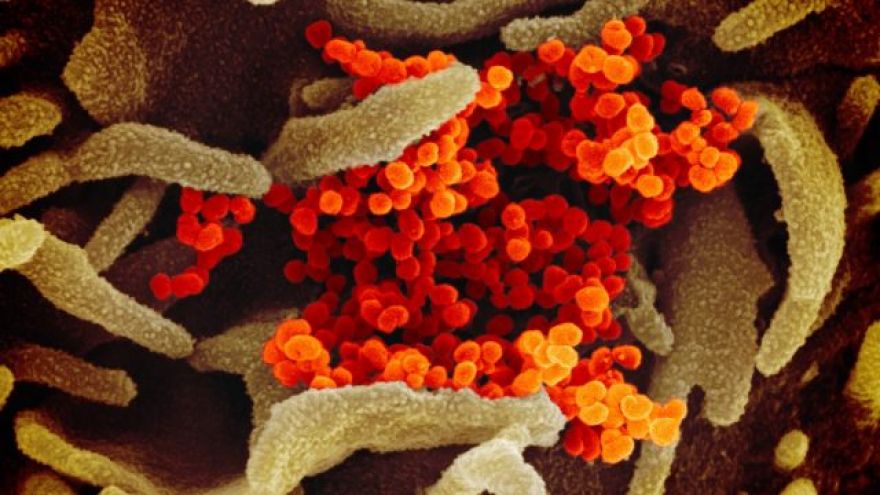
Apple Launches COVID-19 Self-Screening Website, App
We’ve all been bombarded with tips and guidelines for how to attempt to self-diagnose a possible COVID-19 infection, and whether and what kind of treatment to seek. Some of them directly contradict each other. In an effort to make the process more consistent and systematic, Apple has rolled out a web-based and that will lead you down a decision tree — for yourself or someone else — with suggestions about what steps you should consider taking next. Apple developed the site and app in conjunction with the CDC, FEMA, and the White House, so the assumption is that they both reflect current national best practices.
Apple’s COVID-19 Screening Tool
I gave the website version a whirl for this story. After verifying that you don’t have emergency-grade symptoms (if you do, it’ll tell you to call 911), it asks you a series of questions about you, your travel, your medical history, and your symptoms. First, it categorizes you by age: Under 18, 18-64, or 65 and older. The next screens ask you about any symptoms you’re experiencing and whether you have any underlying conditions that make you (or the person you are using the tool for) especially vulnerable.
Additional questions include asking you whether you have traveled internationally, including to an area where COVID-19 is widespread (it’s up to you to figure that out, as there doesn’t seem to be an option to tell it which countries), whether you live in or have visited an area where it is widespread, and whether you have come in contact with someone who has the illness. Finally, it asks about whether you’re living in a long-term care facility, or plan to work in a hospital or care facility.
I followed the screening process using a few different sets of information, and for the most part, the recommendations were about the same as you’d get by using common sense. For example, if you’ve been in contact with someone who has it and you aren’t a hospital worker, it suggests “social distancing” (I prefer the term physical distancing). But if you’re a medical worker, it adds the seemingly obvious suggestion to check with your employer. However, in both cases, it suggests that there is no need to get tested. Certainly true given the current limited capacity for testing, so maybe what they’re really saying is, “No need to get tested until we have a surveillance-grade antibody test you can take at home.”
Self-screening has limitations. For example, the site tells you to call 911 if you have “difficulty waking up.” For a lot of people, that’s going to be a judgment call.
Limitations of Self-Screening
Along with the screening tool, provides some basic information about suggested hygiene and physical distancing practices. That portion of the site is fairly similar to .
The separate has the same functionality, although it is only available in the United States. While the website can be accessed from anywhere in the world, that doesn’t mean that it will reflect the policies or guidelines in place in other countries. I’m sure the site will become more sophisticated over time and eventually include links to testing options and locations.
Top image credit: NIH
Now Read: